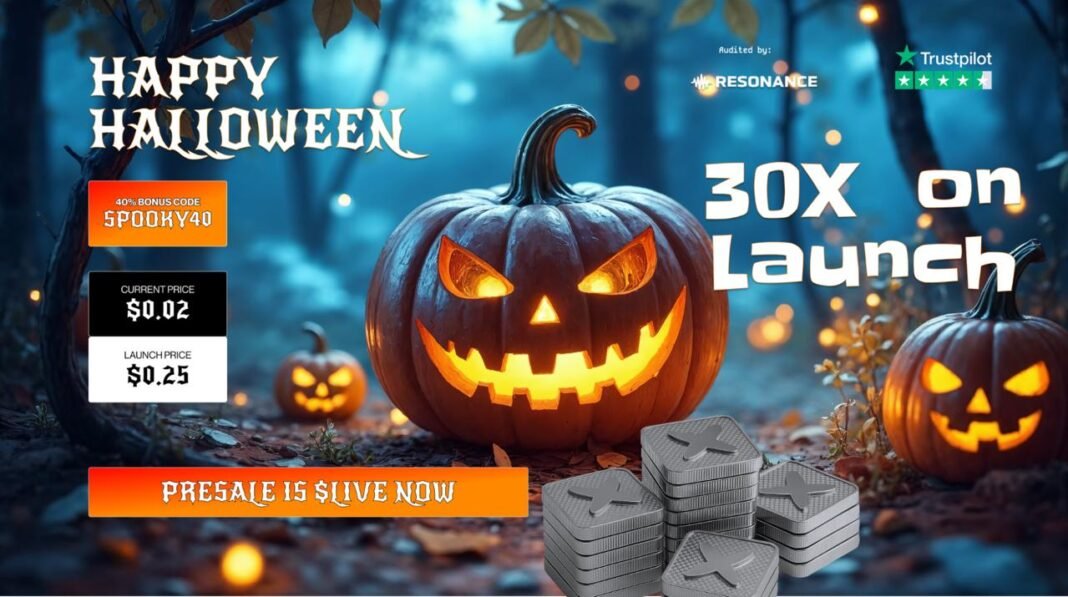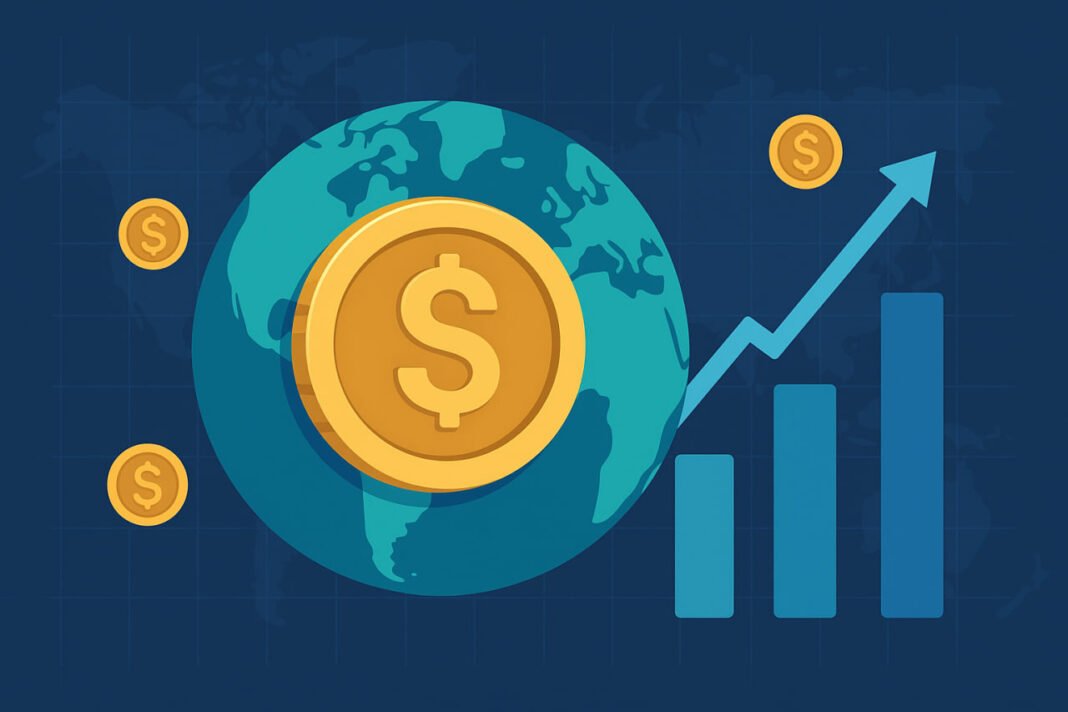Market Pulse
As October 2025 draws to a close, the crypto market narrative often fixates on predictable trends like institutional ETFs or macro indicators. However, a more fundamental shift is quietly underway, driven by innovative challengers rapidly seizing market share from established players. One such phenomenon is Layer Brett, a relatively new Layer-2 solution that has rapidly ascended, demonstrating a compelling blend of technical prowess and community adoption that is redefining expectations for blockchain scalability and utility.
The Shifting Landscape of Decentralized Networks
The quest for scalability, efficiency, and user experience remains paramount in the blockchain space. While Layer-1 behemoths like Ethereum continue their evolutionary path, and other L1s like Solana and Avalanche vie for dominance, the real battleground for innovation increasingly lies within Layer-2 solutions. These protocols aim to offload transactions from the main chain, promising faster speeds and dramatically lower costs. The market has seen numerous contenders emerge, but few have managed to capture developer and user attention with the velocity demonstrated by Layer Brett.
- Intensifying Competition: Older L2s face renewed pressure from nimble, technologically advanced newcomers.
- Demand for Performance: Users and developers increasingly prioritize networks capable of handling high transaction volumes with minimal latency.
- Evolving Use Cases: The growth of blockchain gaming, decentralized social media, and high-frequency DeFi necessitates infrastructure beyond current mainstream capabilities.
What is Layer Brett and Its Value Proposition?
Layer Brett entered the scene with a clear focus on high-throughput decentralized applications, particularly those requiring real-time interaction and micro-transactions. Built atop a major existing L1, it leverages optimistic rollup technology combined with novel data compression techniques. Its primary appeal lies in its extremely low transaction fees, near-instant finality, and a developer-friendly environment that mirrors the simplicity of its underlying L1, enabling seamless migration for existing dApps. This has fostered an environment ripe for rapid application development and deployment.
Read Also: AI Crypto Powerhouses: Near Protocol & Bittensor Lead, But Does ‘XRP 2.0’ Remittix Pose a Threat?
- Optimistic Rollup Architecture: Offers robust security inherited from the base layer.
- Gas Efficiency: Consistently among the lowest transaction costs in the L2 space.
- Developer Ecosystem: Comprehensive SDKs, extensive documentation, and grants programs attracting top talent.
- Community-Centric Growth: Strong emphasis on decentralized governance and user-incentivized growth.
Key Factors Driving Market Share Growth
Layer Brett’s impressive market share acquisition can be attributed to several strategic and organic factors. Its early success in attracting significant gaming and metaverse projects brought a wave of active users. Aggressive marketing campaigns, combined with a highly engaged community, amplified its visibility. Crucially, Layer Brett has focused on strategic partnerships with established DeFi protocols and infrastructure providers, enhancing its liquidity and accessibility. The consistent delivery of its technical roadmap and responsive community support have also cemented its reputation.
Challenges and the Road Ahead
Despite its meteoric rise, Layer Brett faces the inherent challenges common to all rapidly expanding blockchain networks. Security audits remain ongoing and paramount, especially as its Total Value Locked (TVL) continues to climb. Maintaining decentralization and resisting centralizing forces as its ecosystem grows will be a continuous effort. Furthermore, competition is fierce; other L2s are also innovating rapidly, and Layer Brett must continuously evolve to retain its edge. Regulatory clarity, particularly regarding new token standards and decentralized autonomous organizations (DAOs) operating on such layers, also presents an overarching challenge.
Conclusion
Layer Brett’s emergence as a significant player in the Layer-2 space by late 2025 underscores the dynamic and competitive nature of blockchain innovation. It serves as a potent reminder that while institutional adoption narratives capture headlines, the true drivers of long-term value and utility are often found in the relentless pursuit of better technology and user experience at the protocol level. Its ongoing success will depend on navigating scaling challenges, fostering continued decentralization, and maintaining its technological advantage in an ever-evolving digital landscape.
Pros (Bullish Points)
- Layer Brett's rapid growth validates the demand for highly scalable and cost-effective blockchain solutions.
- Its success fosters greater competition and innovation among Layer-2 protocols, benefiting the wider crypto ecosystem.
Cons (Bearish Points)
- Rapid expansion can introduce new security vulnerabilities if not rigorously audited and managed.
- Sustaining decentralization and resisting centralization pressures become harder with increasing scale and adoption.
Frequently Asked Questions
What makes Layer Brett different from other Layer-2 solutions?
Layer Brett distinguishes itself through a combination of ultra-low transaction fees, near-instant finality, and a highly developer-friendly environment, particularly optimized for high-throughput dApps like gaming.
What kind of dApps are primarily built on Layer Brett?
While versatile, Layer Brett has seen significant adoption from blockchain gaming, metaverse projects, and decentralized social media applications due to its high performance and cost efficiency.
What are the biggest challenges facing Layer Brett's continued growth?
Key challenges include ensuring robust security amidst rapid TVL growth, maintaining decentralization as its ecosystem expands, and navigating intense competition from other innovating L2s.






